Frequent and illegal human activities by the Philippines have caused damage to the coral reef ecosystems around Tiexian Reef of the South China Sea, said a report released by the Ministry of Natural Resources on Friday.
The report also refuted the false remarks by the Philippines that China had "dumped" coral debris at Tiexian Reef, as well as rumors spread by relevant countries that the formation of the cays was due to China's "sea reclamation".
Titled "A Survey Report on the Coral Reef Ecosystems of Tiexian Reef and Niu'e Reef", it is based on a scientific survey and evaluation from April to August last year.
The survey, which utilized satellite remote sensing technology, field investigation and historical data analysis, was conducted by the South China Sea Development Research Institute, the South China Sea Ecological Center and the South China Sea Survey Center, all of which are affiliated to the ministry.
Being part of China's Nansha Islands and located in the south-central part of the South China Sea, Tiexian Reef and Niu'e Reef are under the jurisdiction of Nansha district of Sansha in Hainan province.
"The survey indicated a severe degradation of the Tiexian Reef's ecosystem, primarily due to the outbreak of crown-of-thorns starfish," said Wei Zheng, a senior engineer from the South China Sea Development Research Institute.
"However, at the same time, hundreds of people have been illegally stationed on Zhongye Island by the Philippines for an extended period, commencing construction activities in 2018."
Wei said these activities and the associated discharges of waste materials and sewage will cause a certain level of damage to the coral reef ecosystem of Zhongye Island — 2.5 kilometers from Tiexian Reef — and the adjacent waters.
"During the field investigation, anthropogenic disposals such as fishing wires and fishing nets were found at certain survey stations of Tiexian Reef, some of which are labeled in the Filipino language or bear Philippine markings," he said.
High-resolution satellite images from 2016 to 2024 indicated a substantial decline in reef-building coral coverage, with Tiexian Reef experiencing a 68.9-percent decrease and Niu'e Reef witnessing a decrease of 12.2-percent.
Particularly alarming was the 81.1-percent decrease in reef-building coral coverage around Zhongye Island, highlighting the "coercive influence" of Philippine activities on the coral reef ecosystem, said Wei.
The report said that Philippine and other foreign fishing vessels were found conducting illegal fishing operations in waters around Tiexian Reef without China's permission.
"Overfishing can lead to the depletion of herbivorous fish species that feed on large algae in coral reef areas. This can result in the excessive growth of large algae on the seabed, providing a good refuge and breeding space for the larvae of crown-of-thorns starfish. This may be one of the inducing factors for the massive outbreak of crown-of-thorns starfish," Chen Chenghao, an engineer from the South China Sea Ecological Center, told China Central Television.
A crown-of-thorns starfish can consume around 15 square meters of coral annually.
The report also indicated that Tiexian Reef currently has three cays and Niu'e Reef has one, all of which were naturally formed without human interference and are above the water at high tide.
China's historical survey data in 1987 showed that the Nansha Islands have a relatively high coverage of branching corals, which are characterized by rapid growth and the susceptibility to break.
Through hydrodynamic processes, the broken branching coral forms debris, offering an ample source of material for the development and formation of cays on the Nansha Islands, said Cao Yonggang, a senior engineer at the South China Sea Survey Center.
"During last year's field investigation, we found that the cays of Tiexian Reef and Niu'e Reef are mainly composed of coral debris from the reef areas. Radiation testing and tracer analysis also proved that their sediment is highly homologous with no input from land-based substances," Cao added.
A survey of the two reefs indicated that both healthy and degraded coral reef ecosystems support the development of cays and coral reefs can naturally facilitate the formation of cays, said Huang Huamei, deputy head of the South China Sea Development Research Institute.














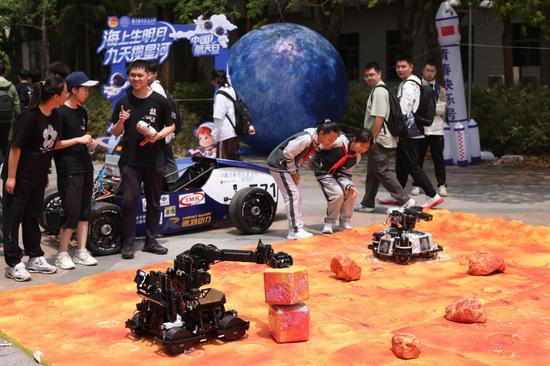

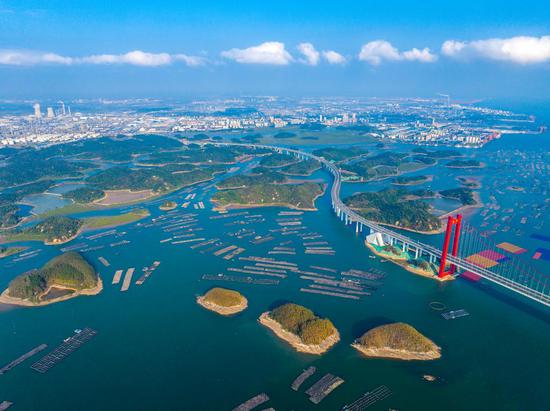





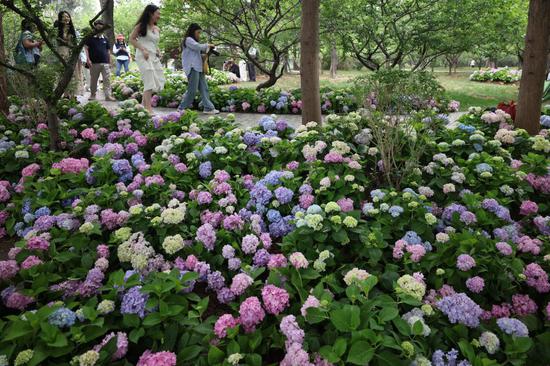





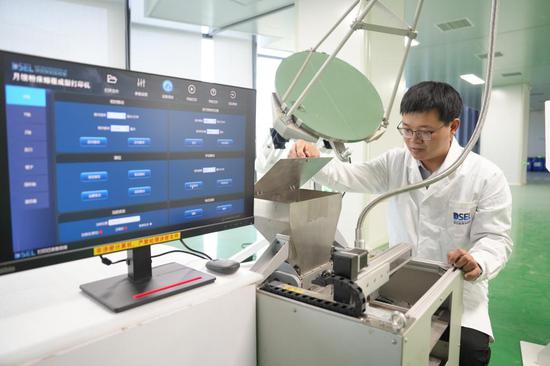



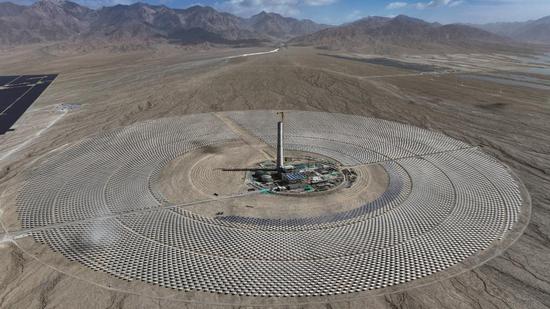













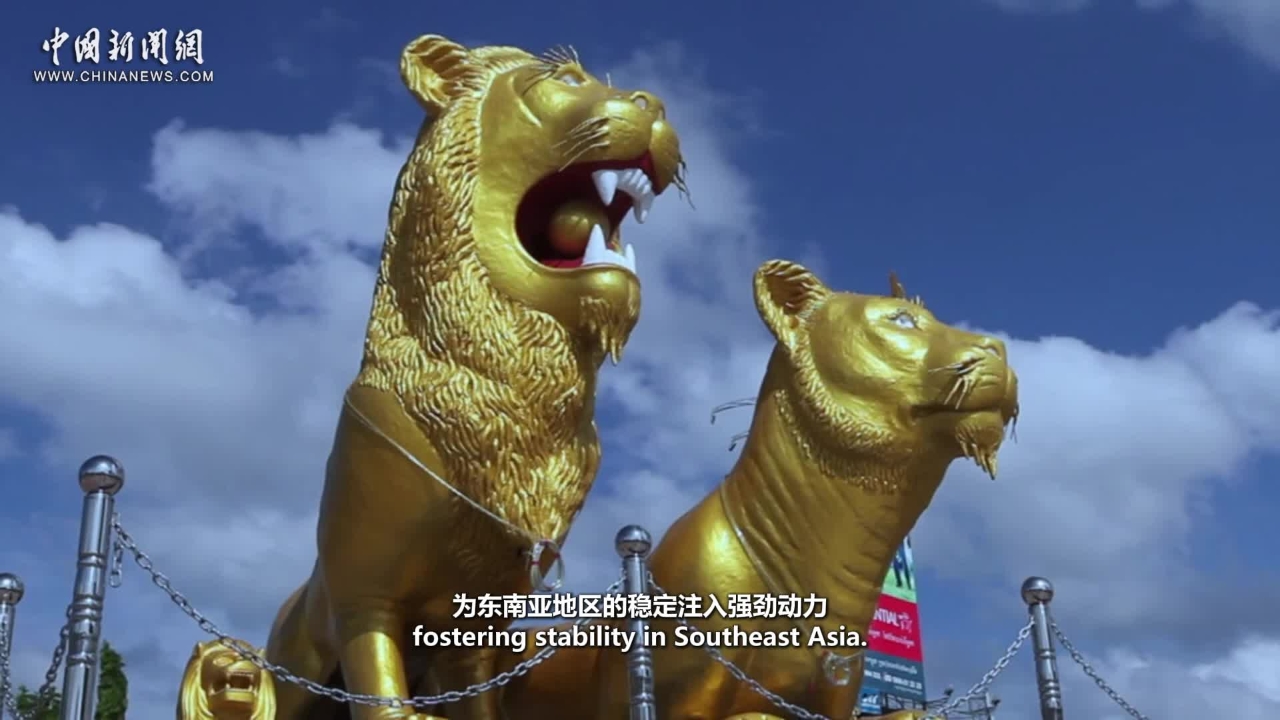



 京公網(wǎng)安備 11010202009201號
京公網(wǎng)安備 11010202009201號